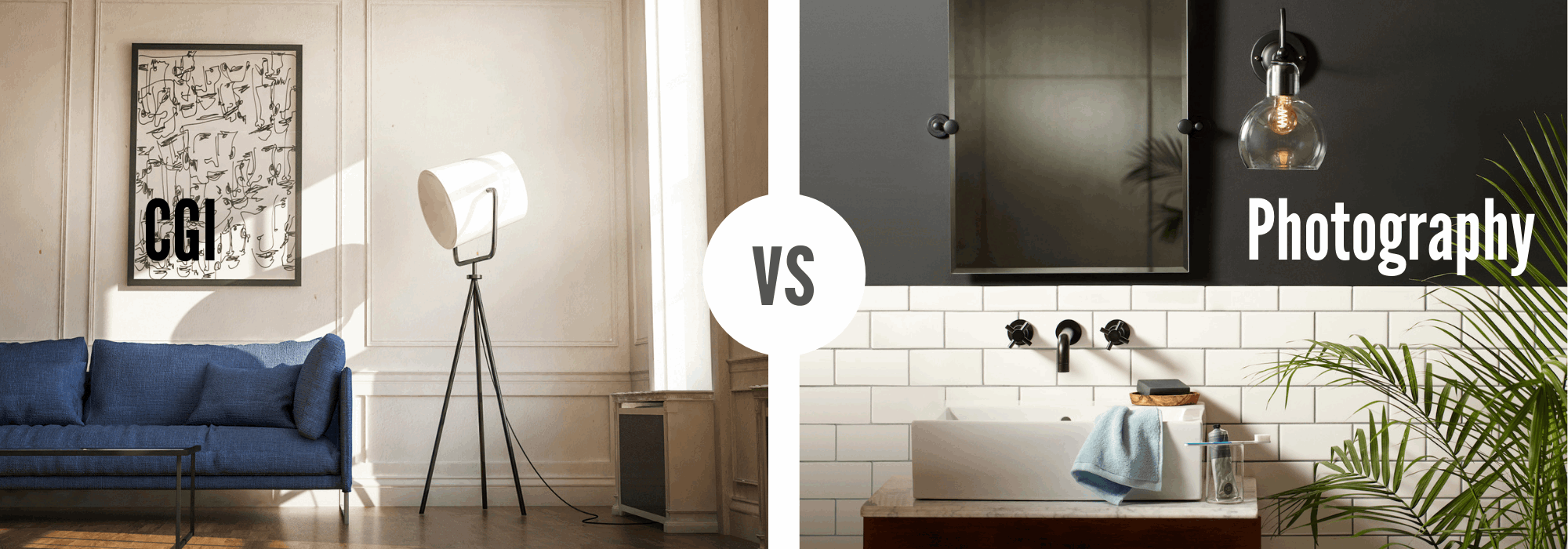



What Should I Choose? CGI or Photography
As a marketing or brand manager, you’re constantly faced with the challenge of how to get the best possible work from your creative partners without budget surprises now and down the road. As technology progresses and the industry shifts, you now have more options to get high-impact images – whether computer-generated imagery (CGI) or Photography.
But with so many options to approach your visual content, which approach should you choose?
When to Use CGI
Simply put, CGI is the creation of a still or animated visual content using imaging software. There is no traditional camera, no traditional photographer. There is an artist who creates realistic imagery all behind a computer. Possibly in pajamas. So, what are the benefits of CGI?
It’s Magic: CGI offers a way to produce images for products that do not physically exist yet. If you have the engineering data (CAD files) for a product, but it isn’t yet tangible, CGI is a great solution to acquire photorealistic images of the product before it’s physically produced. For example, you are a faucet company and you need to get marketing materials created and in time for a sales presentation or retail shelf deadlines. If a prototype has been designed but not created, how can you possibly photograph it? CGI provides the alternative to meet those lead times faster.
It’s Great for Complex Scenes: CGI-rendered room sets (vs. photography) have longevity; they’re sets that essentially live forever as digital assets. The cost of materials and labor alone to photograph a room scene can be prohibitive, so brand managers are seeking smart alternatives. Creating a room set in CGI can be extremely efficient if you want to make modifications or product swaps in the future (such as cabinets, sinks, light fixtures, flooring, etc.), without having to – expensively – reconstruct the entire room again.
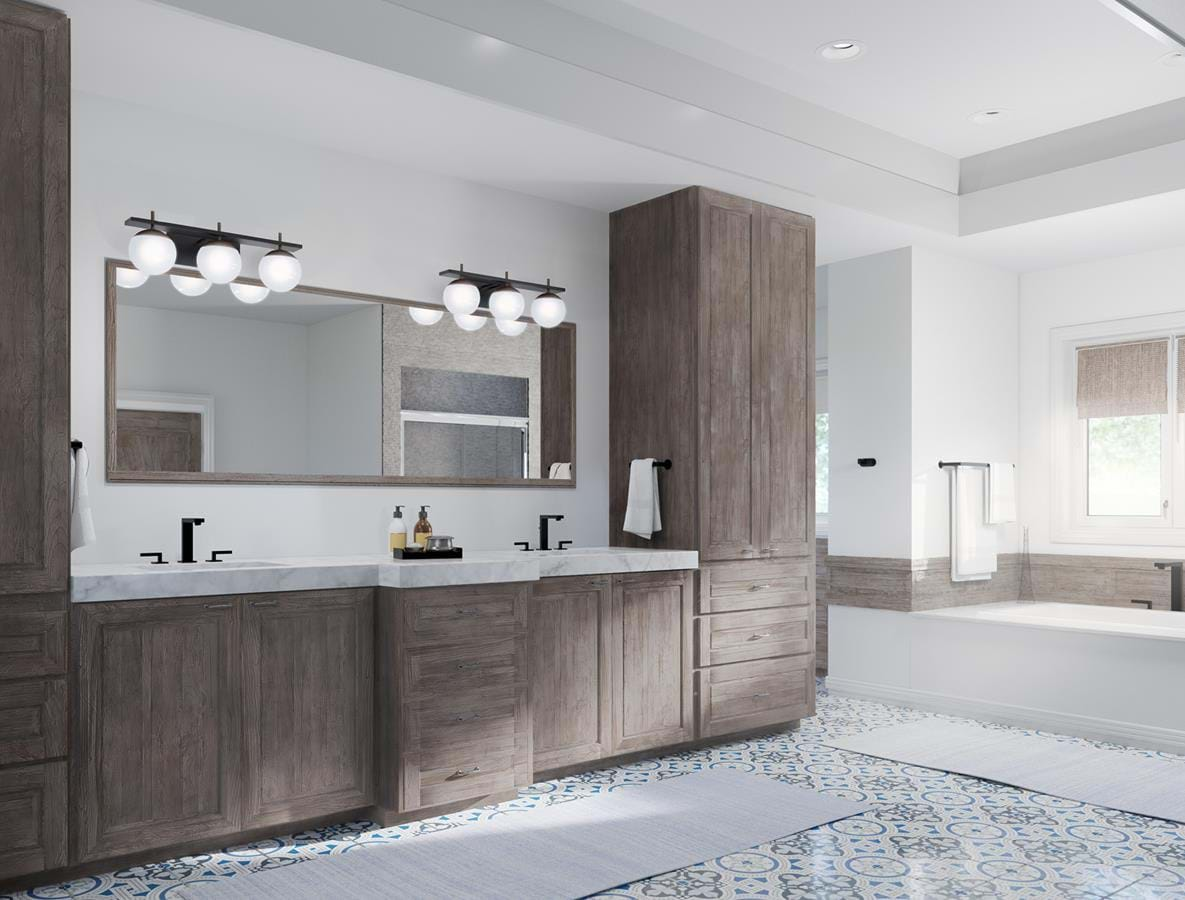
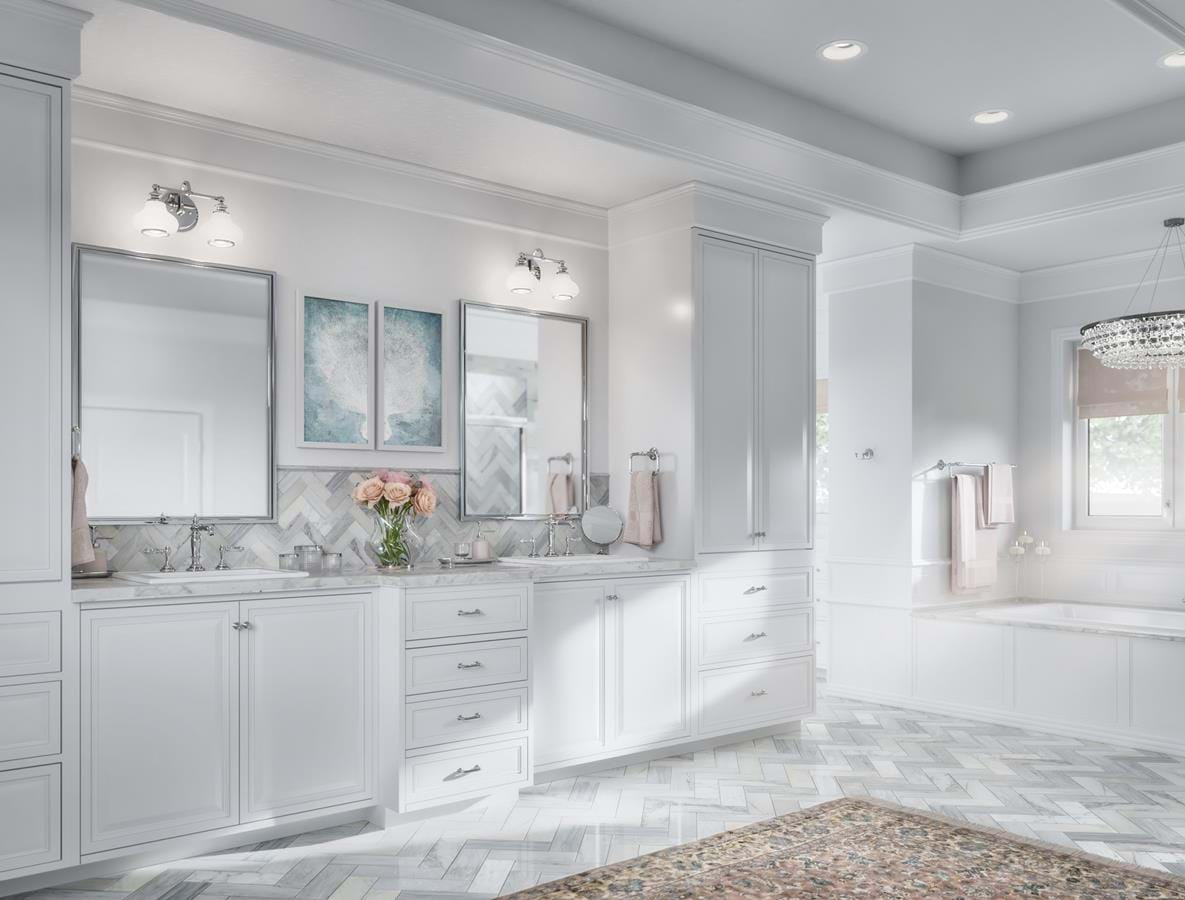
Free Shipping: CGI projects can save on massive shipping costs. If you have a product that would cost a fortune to ship to a location, providing your product’s CAD files digitally to be created in CGI, eliminates shipping costs entirely.
It’s Like an Assembly Line for Your Visual Assets: Additionally, if you need imagery for a product that comes in multiple colors or finishes, we can take the engineering files of the product and create the product once digitally, then apply the necessary color change-outs. The faucets in the images below are an example of this technique. Our client avoided spending time and money to physically change out the faucets on a traditional photography set, since all the finish change-outs were done using CGI.
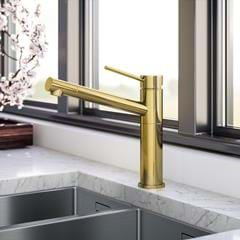
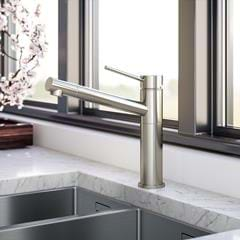
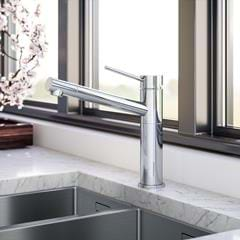
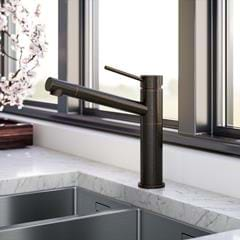
You Can Break the Laws of Physics: CGI is a great option when you want to showcase products with dynamic features or moving assemblies that can be challenging to capture with a camera. This is especially fitting for brands in the industrial or technical world who aren’t a fan of sawing their expensive equipment in half to show fluid flow.
When to Use Photography
When It’s Organic: When capturing food, people, and other organic subjects as visual elements, photography will always be the preferred approach. While CGI can do some incredible things on a Hollywood blockbuster scale (and on a Hollywood blockbuster budget), it falls a bit short (and more time-consuming) when it comes to more complex details like skin, plants and the varying textures of food.
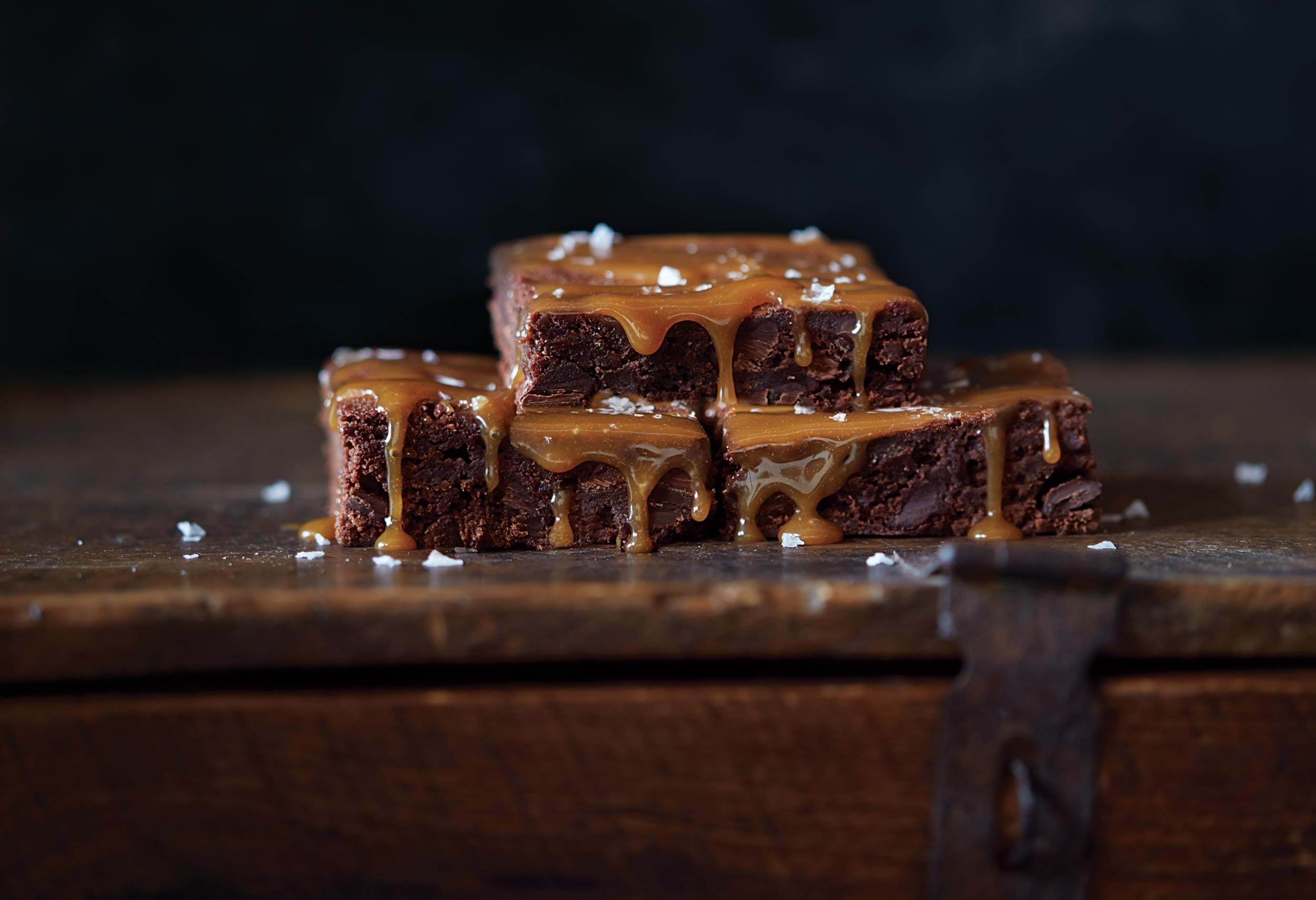

Up Close and Personal: Photography is great for brands who need that in-person experience and real-time feedback. You can be present on set during photo shoots and have the ability to jump in at any time to give feedback and request changes with ease which can speed up the approvals process for an image vs. sending approvals in stages.
When “From Scratch” CGI is Too Costly: When CAD files don’t exist and creating a product from scratch would be exorbitant, photography is still a tried and true method of getting great images quickly and affordably.
When Speed is of the Essence: If your product is tangible and can be easily transported or inexpensively shipped (think of a peanut butter jar on a white background), photography will traditionally give you the fastest turnaround time.
Photography Allows for Off-the-Cuff Versatility: Because CGI requires a more precise plan and changes can mean hours of reworking files, photography tends to be flexible when it comes to on-the-fly changes on set. And, if a photographer wraps with a shot list early, sometimes you get bonus time to play. If new inspiration strikes on set, photography allows for easy changes or modifications.
When You Want a Lot of Content: With photography, you can capture a lot of content, very quickly. For example, if you’re a restaurant owner, a photographer can get a variety of wide-angle shots of your space, close-ups of meals being plated in the kitchen, people in the dining room, and so on. In just a few hours, a photographer can capture dozens of near-perfect images, whereas it would take tenfold that time just to set up the scene in CGI.
So, CGI or Photography? Sometimes You Need Both!
There are many benefits to approaching a project with either CGI or photography, but sometimes the pairing of both gives you the best possible outcome. When should you go this route?
When There Are a Lot of Moving Parts: If you need to place your product in a specific scene or environment before it’s even created, we have a solution for that. Photography captures a specific environment, then by harnessing the engineering files of the product, we can create the product image using CGI, and place it into the photographed environment.
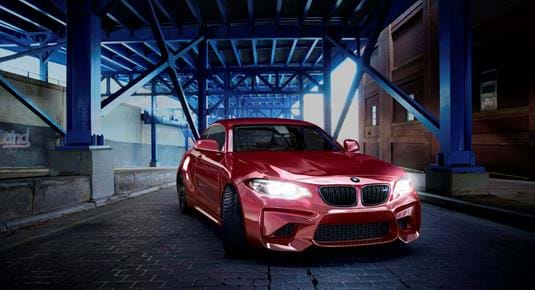
When You Need to Keep It Real: Alternatively, when you need a human element or organic subjects inserted into an environment created in CGI, the combination of both lends to a more realistic and beautiful result. To take it even one step further, you can add a motion element, like the scene shown below.
A trustworthy creative partner will share the approach that will give you the best outcome without an unnecessary spend. From our beginnings as a film photography studio in 1987 to mastering the CGI world in 2016, we’ve learned that it’s crucial to be adaptable in our approach in this ever-changing industry to achieve our clients’ visions and uncover time and cost efficiencies.
Want to see more examples of our CGI and photography work? Check out our CGI portfolio and our photography portfolio via our website. Get in touch with us to find out more about how KP Photo can help you bring your vision to life!

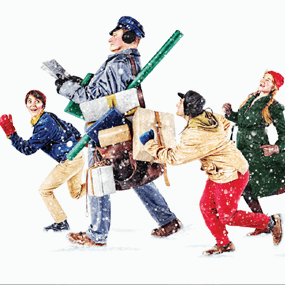 A Norman Rockwell Kind of Winter - Who Are The Fabled Few?
A Norman Rockwell Kind of Winter - Who Are The Fabled Few?
 5 Weird Signs That You're Creative
5 Weird Signs That You're Creative